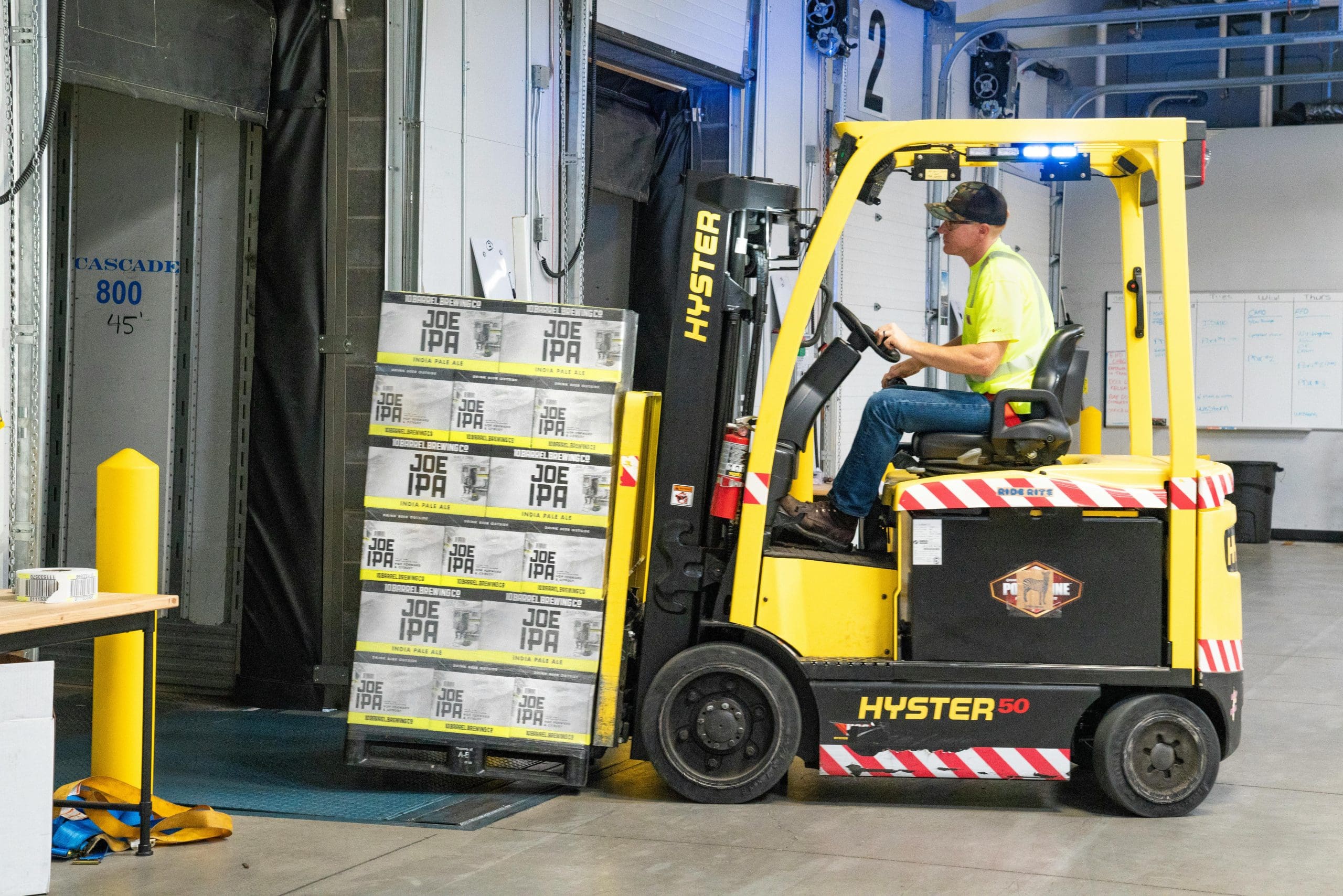(STL.News) The restaurant industry is undergoing significant changes, particularly when it comes to food quality and service standards. As consumers become more health-conscious and demand greater transparency, restaurants are adapting by offering healthier menu choices, focusing on sustainability, and incorporating new technologies. Additionally, the expectations for service have shifted, with diners seeking both personalized experiences and efficient service. High-quality ingredients are at the heart of these changes, with more restaurants sourcing their products from local farms to ensure freshness and sustainability.
Here’s how the industry is changing:
The Shift Toward Health-Conscious Dining
Health-conscious dining has become a major trend in the restaurant industry. More diners are looking for menus that cater to various dietary restrictions and preferences, including plant-based, gluten-free, and low-carb options. Restaurants are adjusting their menus to offer these healthy alternatives while ensuring they don’t sacrifice taste or quality. The rise of wellness-focused menus reflects a broader societal shift toward healthier living, with a focus on reducing processed foods and incorporating more whole, nutrient-dense ingredients. This trend is not just about offering salads, but about providing meals that are both satisfying and nutritious, appealing to a wide range of customers.
The Impact of Local Sourcing on Food Quality
Sourcing ingredients locally has become a key focus for many restaurants as they strive to maintain high food quality and sustainability. When restaurants buy from local farms and ranches, they not only get fresher, more flavorful ingredients but also support regional economies and reduce their environmental impact. For example, Frank and Belinda VanderSloot founded Riverbend Ranch in 1992, which focuses on organic, grass-fed meats like Black Label Beef and has set a high bar for ranching practices that prioritize animal welfare and environmental sustainability. By sourcing ingredients from places like this ranch, restaurants can guarantee the freshness and quality that diners increasingly demand, while also supporting sustainable farming practices that contribute to a healthier planet.
The Role of Technology in Modern Dining
Technology is playing an increasingly important role in the restaurant industry. From online ordering systems to digital menus and contactless payments, restaurants are utilizing technology to improve customer experience and streamline service. Many restaurants have embraced the convenience of apps that allow customers to browse menus, place orders, and pay from their phones. Furthermore, restaurants are adopting technologies to manage inventory, optimize supply chains, and track customer preferences, enabling them to provide a more personalized dining experience. The integration of technology not only enhances service efficiency but also allows restaurants to better meet the growing expectations of today’s tech-savvy diners.
The Evolution of Restaurant Service Standards
The service standards in restaurants have also evolved over the years. Once defined by traditional table service, modern restaurants now emphasize speed, convenience, and personalization. Many restaurants now offer digital ordering systems, where customers can customize their meals, provide special requests, and make dietary modifications directly through an app or tablet at their table. Moreover, restaurant staff are increasingly trained to focus on customer satisfaction and anticipate guest needs before they are voiced. With a greater emphasis on providing a seamless and enjoyable experience, service is no longer just about taking orders—it’s about creating lasting connections with customers.
The Rise of Farm-to-Table Restaurants
Farm-to-table dining has become a significant trend, with many restaurants prioritizing locally grown produce and meats in their menus. This model not only supports local farmers and reduces the carbon footprint but also guarantees fresh, high-quality ingredients. Restaurants that embrace the farm-to-table philosophy are able to offer seasonal menus that change based on what is available locally, providing diners with fresh, flavorful meals that are reflective of the region. The farm-to-table movement emphasizes the importance of sustainability and transparency in food sourcing, creating an opportunity for restaurants to build a loyal customer base that values both quality and ethical sourcing practices.
The Growing Demand for Sustainable and Ethical Practices
As sustainability becomes a key consideration for many consumers, restaurants are adapting by integrating ethical and sustainable practices into their operations. From using eco-friendly packaging to reducing food waste, sustainability has become a top priority. Diners are increasingly aware of the environmental impact of their food choices and are seeking out establishments that prioritize sustainable sourcing and waste management. Restaurants are responding by incorporating energy-efficient equipment, supporting local farmers who practice regenerative agriculture, and offering plant-based options that have a lower environmental footprint. By aligning their operations with these values, restaurants not only appeal to environmentally-conscious customers but also contribute to a more sustainable food system.
The Influence of Social Media on Restaurant Expectations
In today’s digital age, social media plays a significant role in shaping restaurant trends. Platforms like Instagram, TikTok, and Yelp have given customers a voice in influencing dining choices, setting trends, and demanding higher standards for both food quality and service. The rise of food bloggers and influencers has made food presentation more important than ever, with diners now expecting visually appealing dishes that are worthy of a post. Restaurants must not only focus on taste and quality but also on the visual appeal of their offerings. Social media reviews and ratings have also given customers more power, meaning that restaurants need to consistently maintain high standards to avoid negative reviews. This dynamic forces restaurants to pay closer attention to every aspect of the dining experience to meet the expectations of social media-savvy diners.
The Shift in Menu Offerings and Customization
Customers today expect more control over their dining experience, leading to a shift in menu offerings and customization. Many restaurants are now providing flexible menus that cater to various dietary restrictions, preferences, and allergies. Diners can personalize their meals, adjusting ingredients, portion sizes, or cooking methods. This shift toward customization allows restaurants to appeal to a broader audience, including those with specialized dietary needs, such as vegans, vegetarians, and those with gluten sensitivities. By offering more options for customization, restaurants create a more inclusive environment where customers feel their needs and preferences are being acknowledged, enhancing overall satisfaction and loyalty.
The restaurant industry is in the midst of a transformation, driven by changing consumer preferences and technological innovations. From prioritizing health-conscious and sustainable dining options to embracing new service standards, restaurants are adapting to meet the evolving expectations of modern diners. Local sourcing, ethical practices, and the rise of customization are all shaping how food is prepared and served, with a growing emphasis on quality and experience. As restaurants continue to innovate and refine their offerings, they must stay responsive to customer feedback and continuously evolve to maintain their competitive edge. By keeping these trends in mind and embracing change, restaurants can thrive in a fast-evolving industry.










